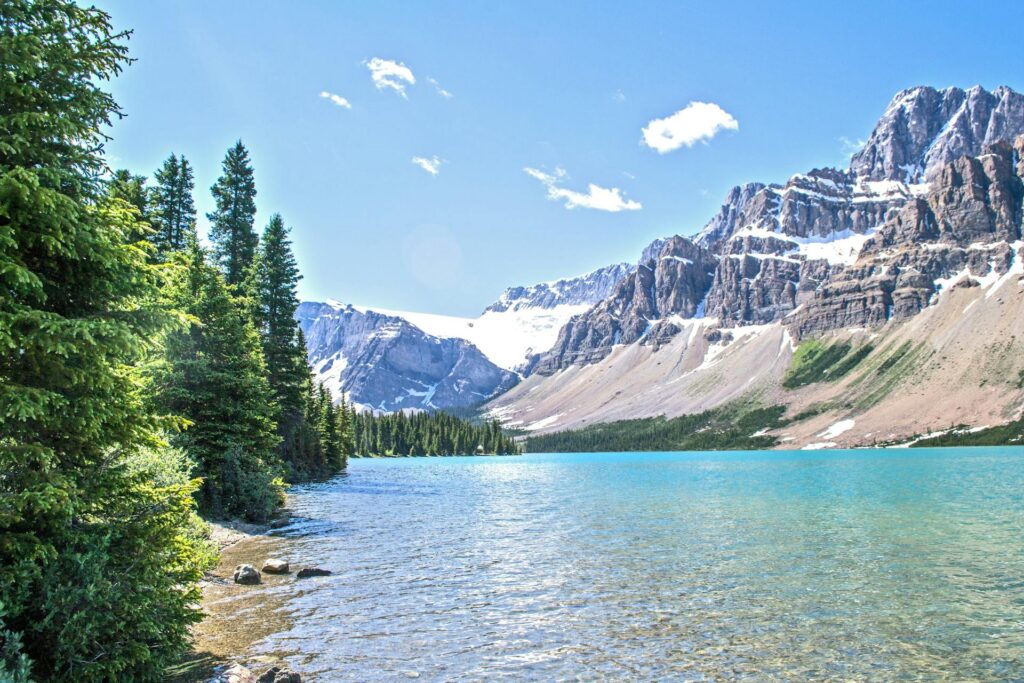This is the climate we have! But what is this climate?
The world we live in has prepared many puzzles for us. The question for the most astute is: What is climate and what is weather? Adding the phrase, 'I feel the climate', can cause a slight hurricane of thought to pass over our heads. So a few words about climate and weather to know what kind of climate we have.
The world we live in has prepared many puzzles for us. The question for the most astute is: What is climate and what is weather? Adding the phrase, 'I feel the climate', can cause a slight hurricane of thought to pass over our heads. So a few words about climate and weather to know what kind of climate we have.
At the outset, it is worth pointing out that climate is not the same as weather. Climate is defined as the set of weather phenomena that occur permanently in a given area. To be able to talk about climate, you have to do some work. That is, to be able to see what is a permanent, typical phenomenon for an area, you have to keep observations of it for a minimum of 30 years. Weather, on the other hand, refers to what is here and now. It defines the instantaneous state of the atmosphere in a given area. It can be easily determined by temperature, precipitation, humidity, among other things.

To better understand what climate is, it is worth mentioning what it consists of.
- Firstly, the air temperature, which is mainly influenced by sunlight. The more sunlight that reaches a particular climate zone, the higher the temperature there is.
- Secondly, the pressure, which is the force of the air against a given surface. The larger the surface and the flatter it is, the higher the pressure will be.
- Another ingredient is moisture, which is the amount of rainfall in a region and how the water stays on the surface.
- Sun exposure, i.e. the angle at which the sun's rays fall, is also important. Where it falls most is hot and dry.
- Cloud cover, wind and precipitation are also elements of the climate.
It is worth explaining why we can enjoy the sunshine in one part of the world and face gusty winds in another. The climate-forming processes responsible for this are the heat cycle, the water cycle and the air circulation. The heat cycle refers to the circulation of heated air between the planet's ground and its atmosphere. The circulation of water refers to the proximity of the sea to an area, the number of watercourses and rivers. Air circulation refers to the gusts of wind in a given area. But most importantly, climate is influenced by what altitude a region is at.
The current division into five climatic zones of the Earth is in force. It distinguishes between the zones:
- equatorial,
- tropical,
- subtropical,
- moderate
- circumpolar.

Zones are arranged in bands along parallels. Importantly, when talking about zones, it is important to remember that these are areas with similar climate elements, but they are not necessarily identical. It is also worth knowing that Poland is located in the zone of temperate climates.
Once you know what the climate is, you can - if only from today - start your own observation. Perhaps the fairly frequent rains and storms of recent times are not just temporary, but will turn out to be a permanent fixture in our climate in the near future.


